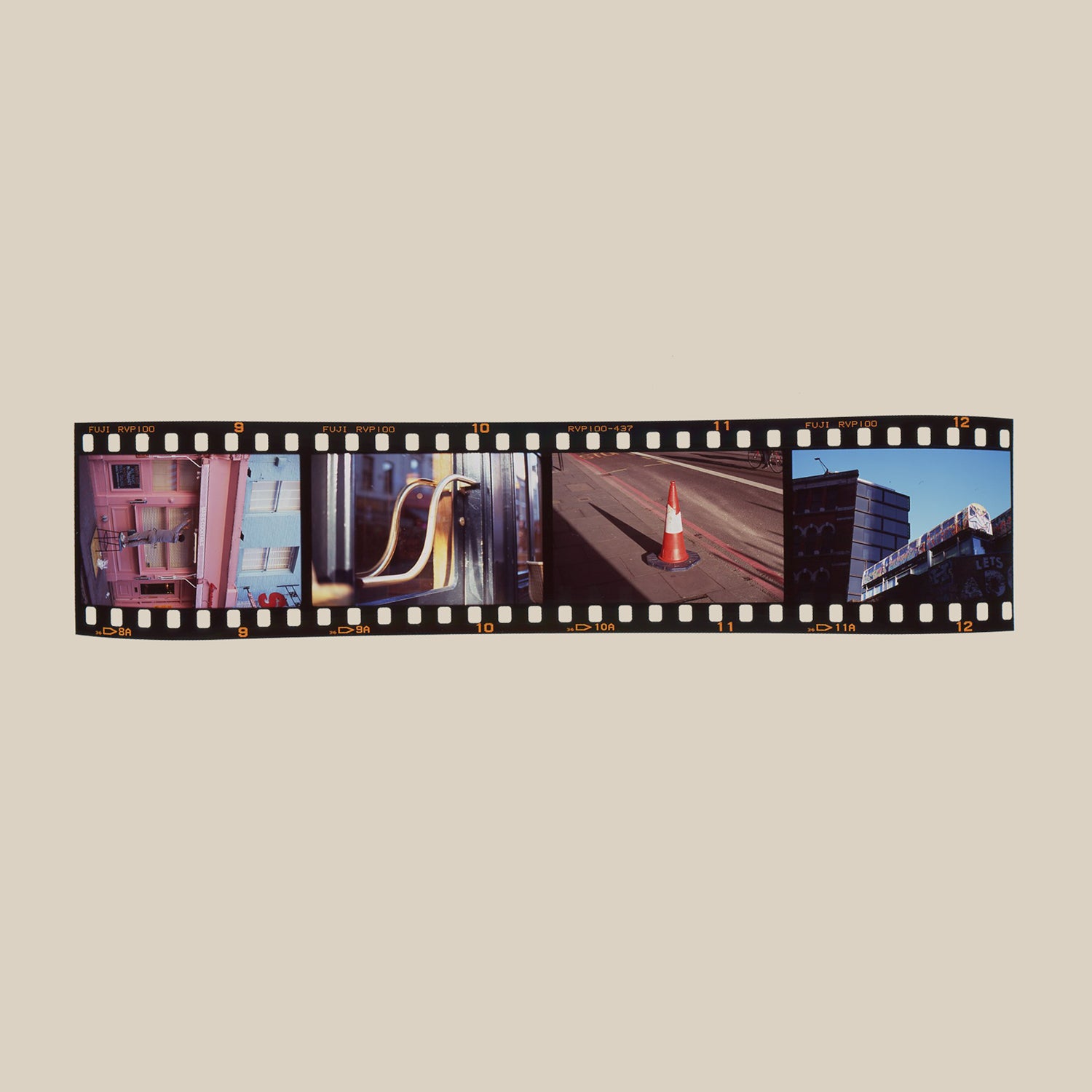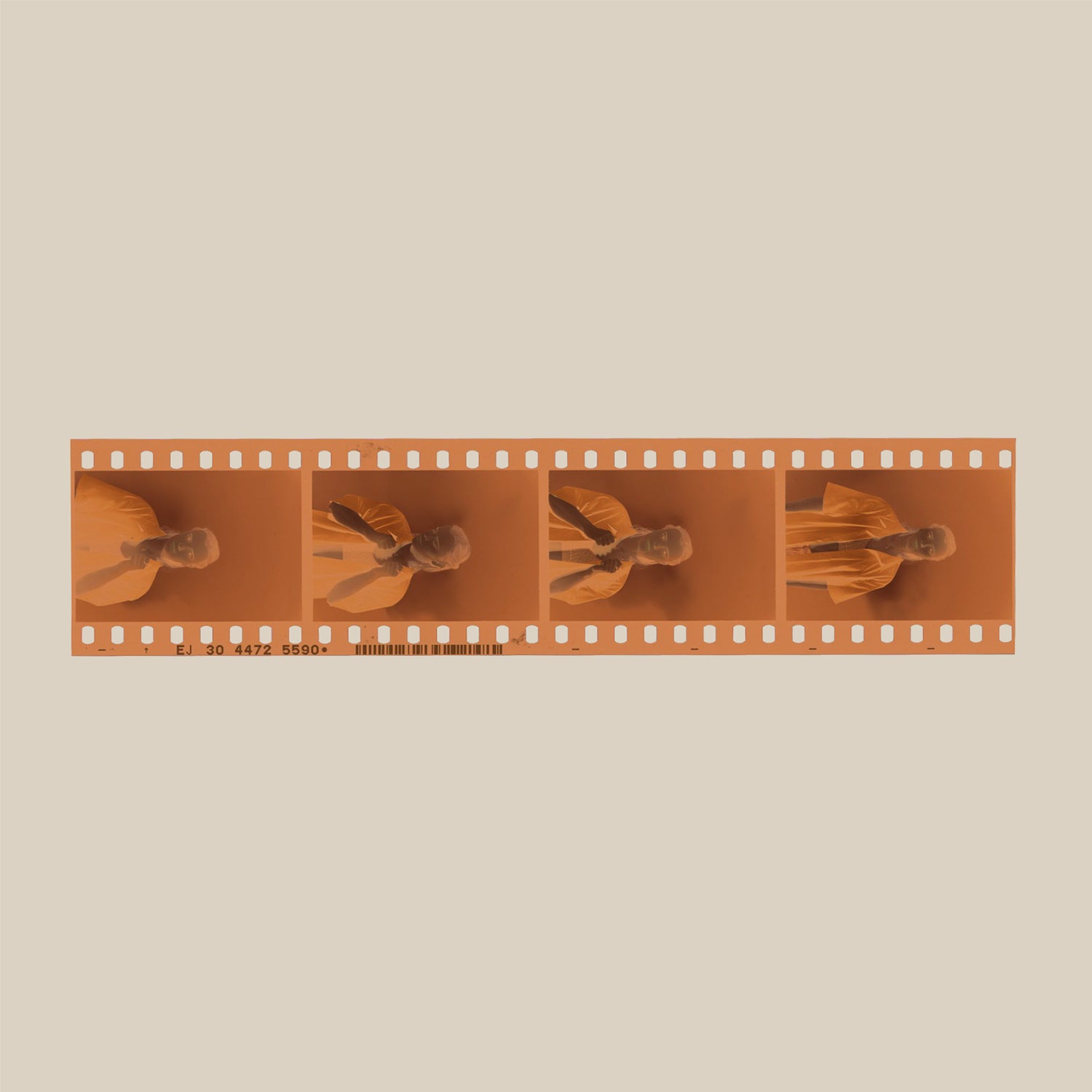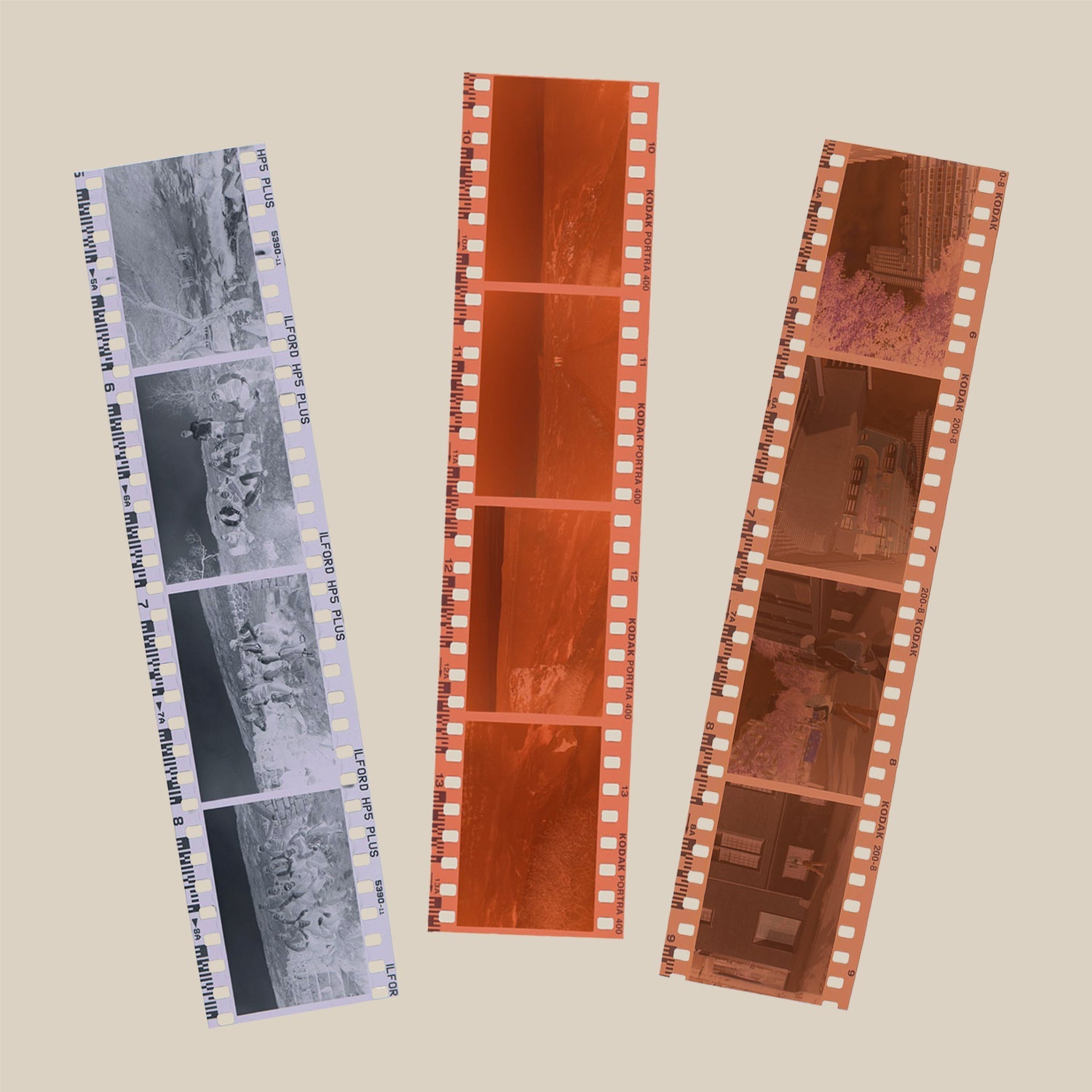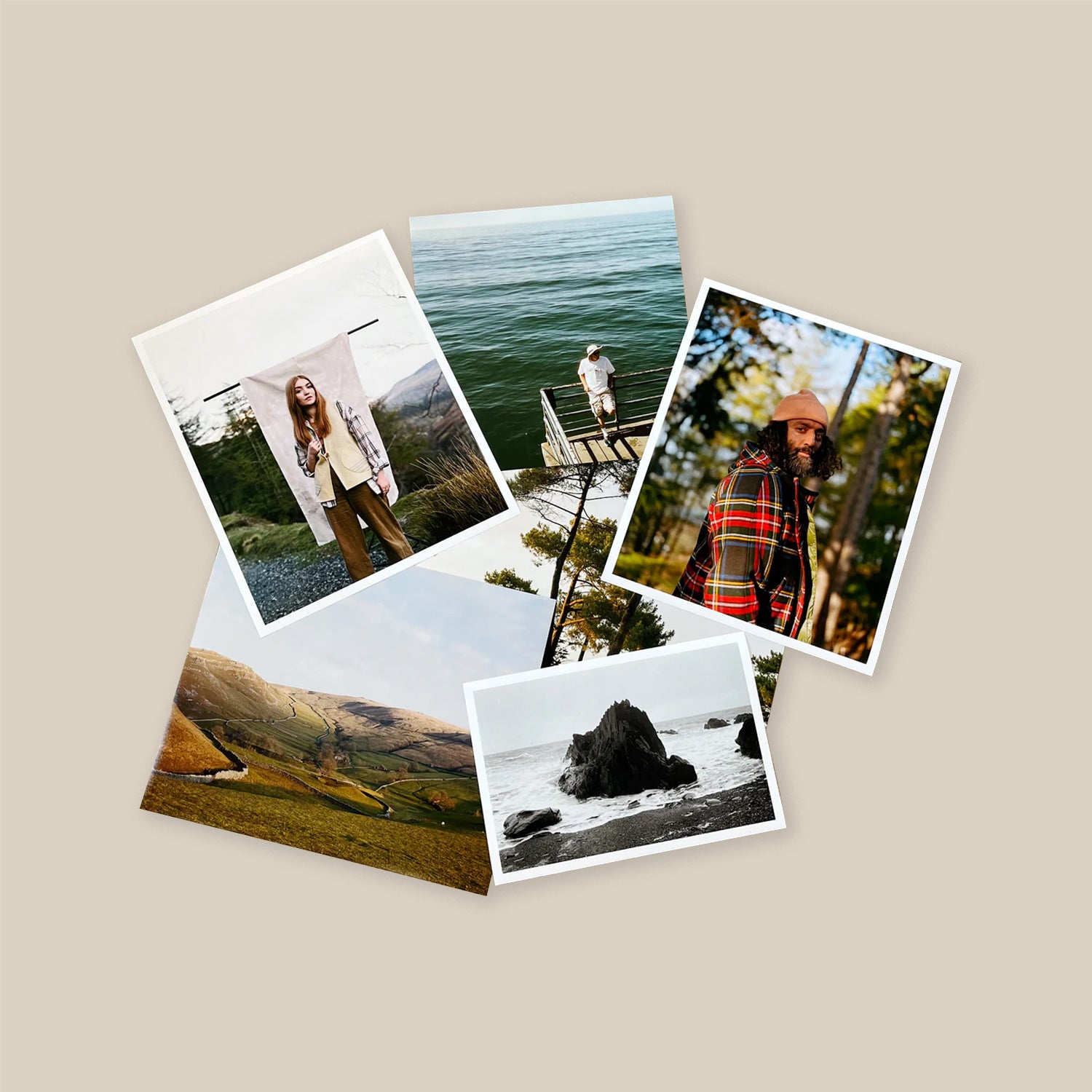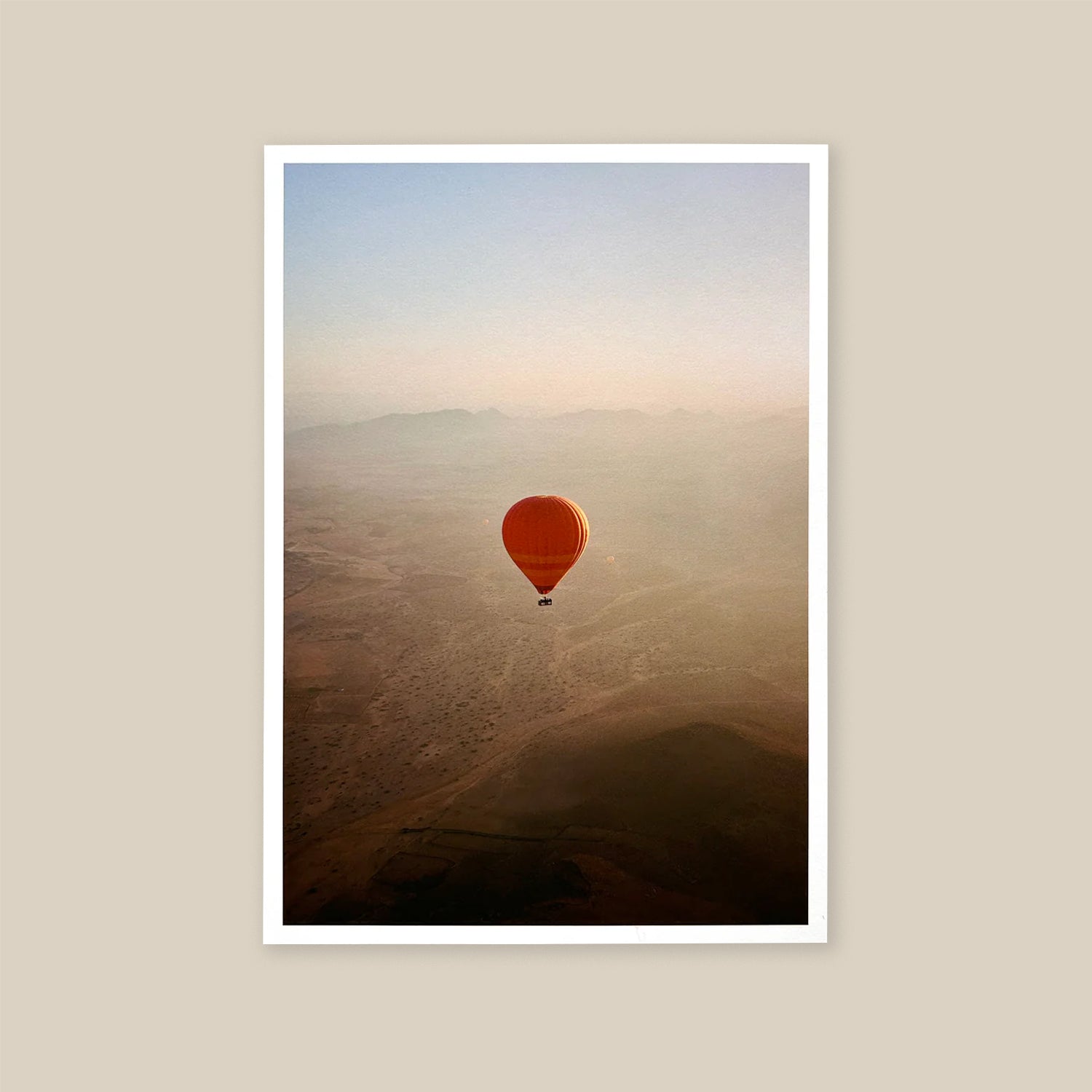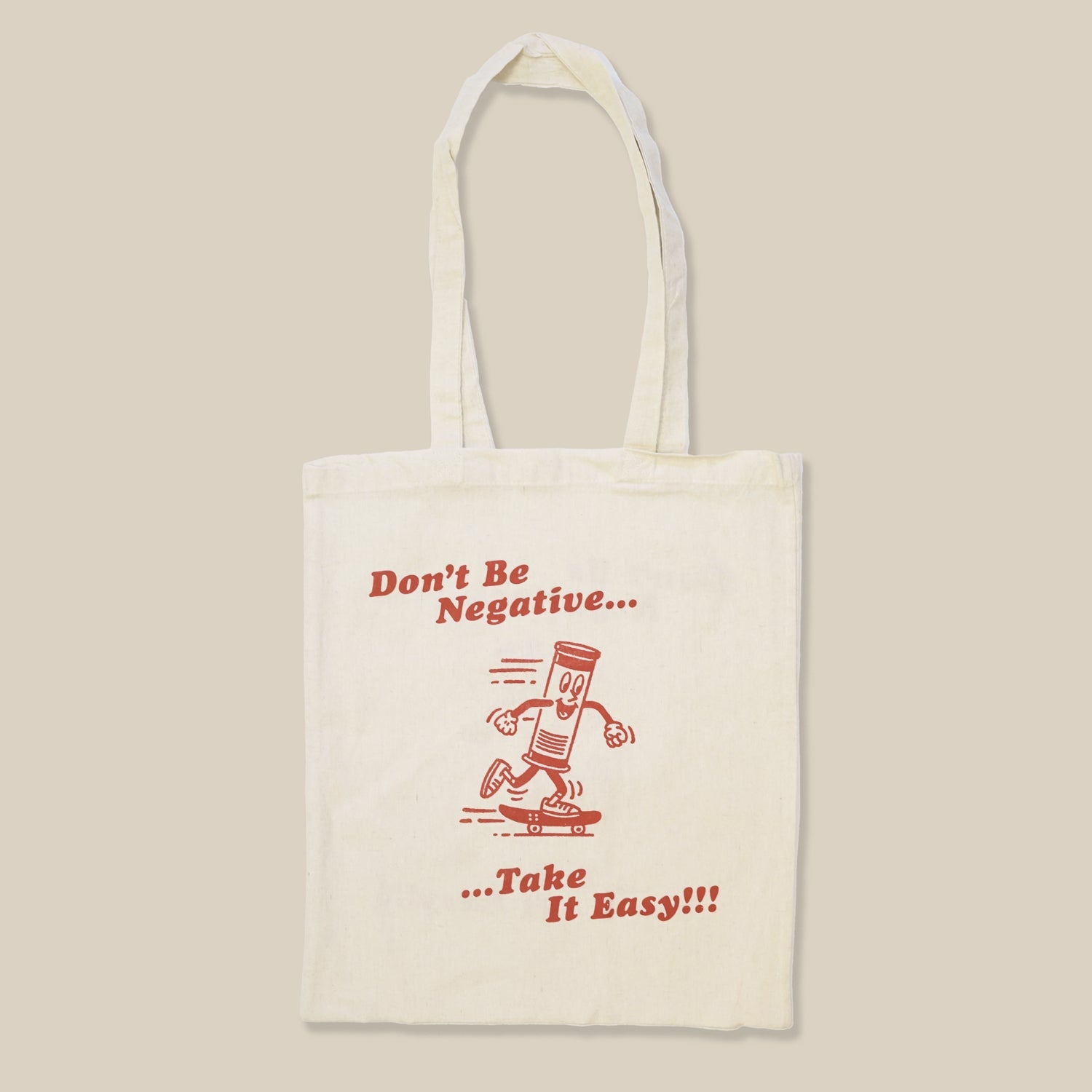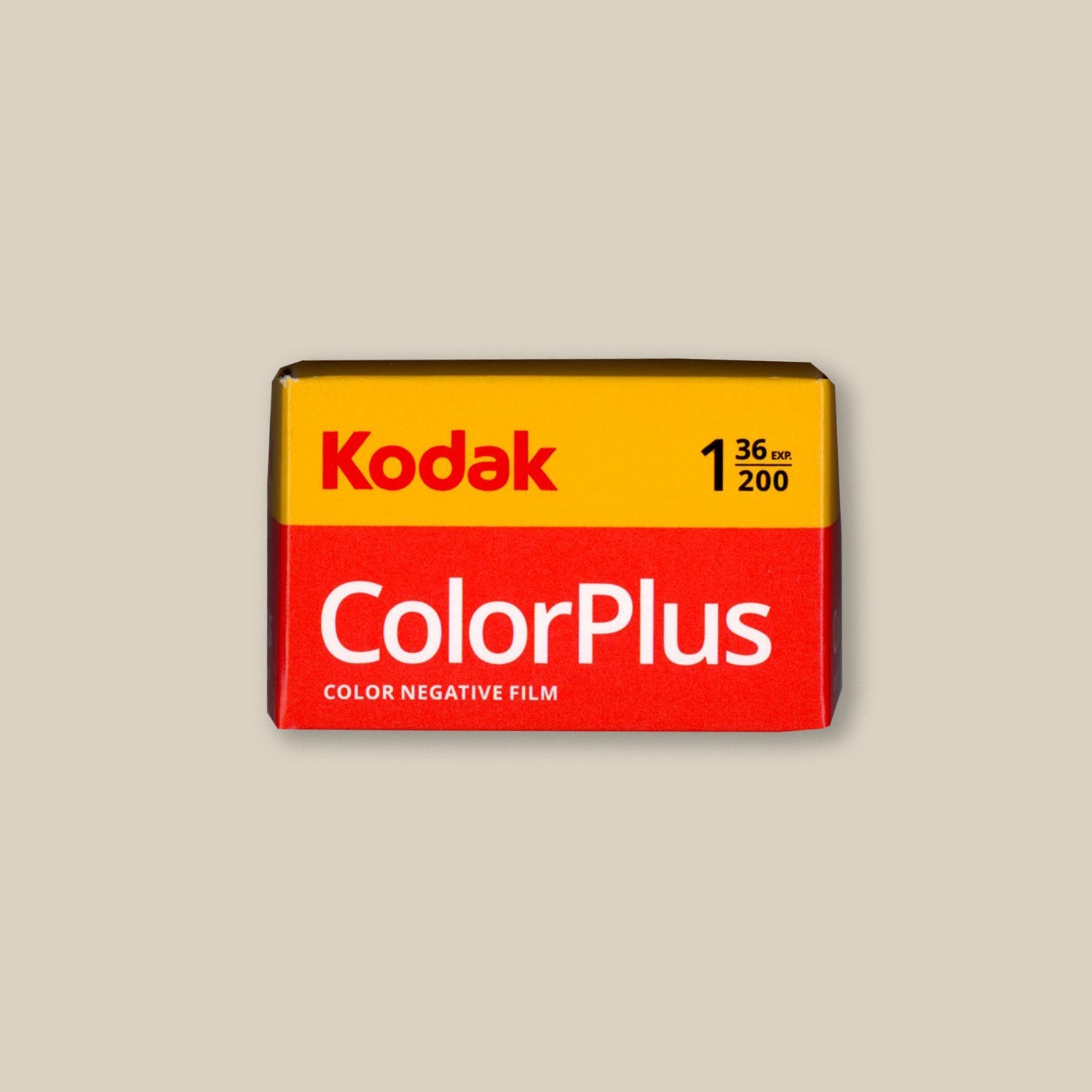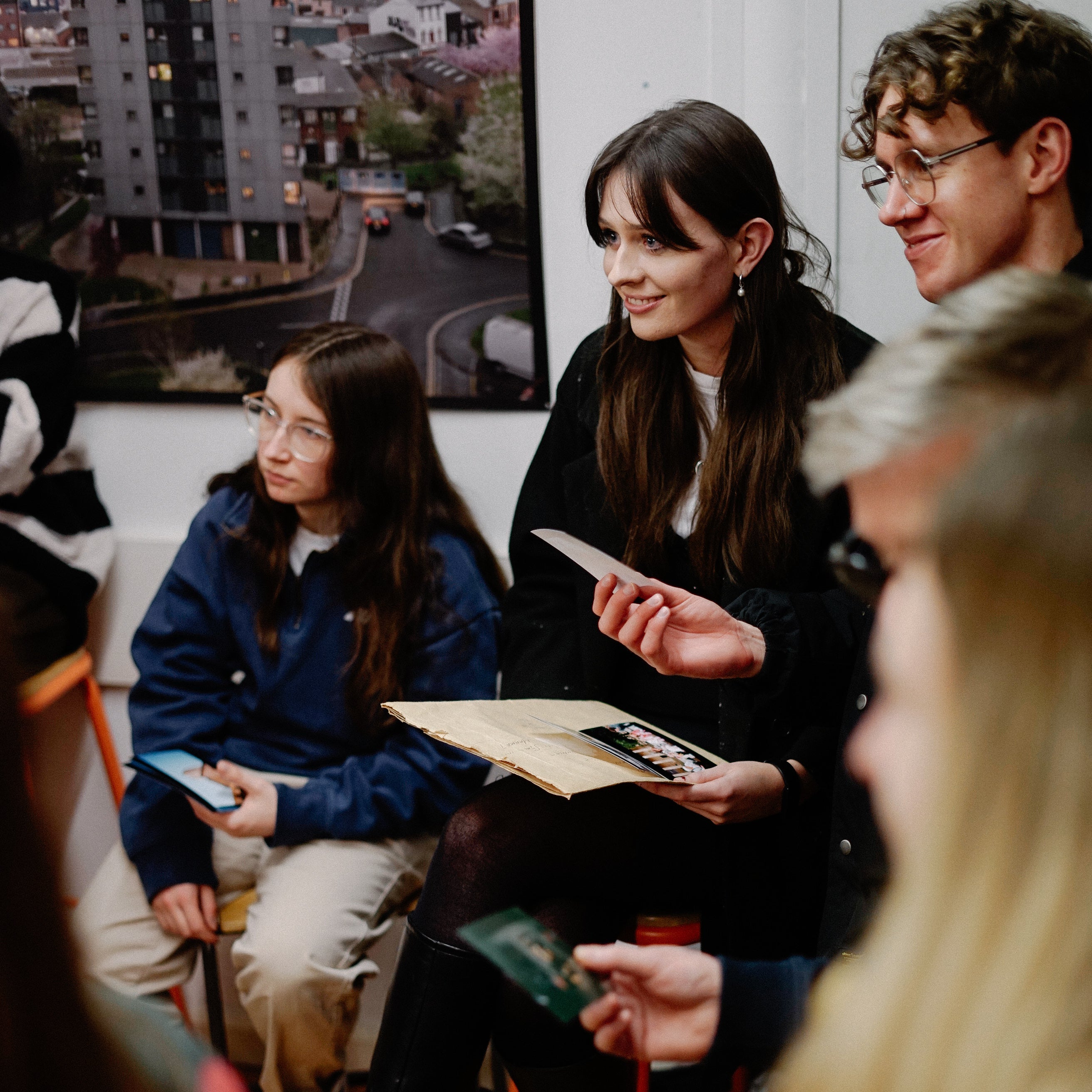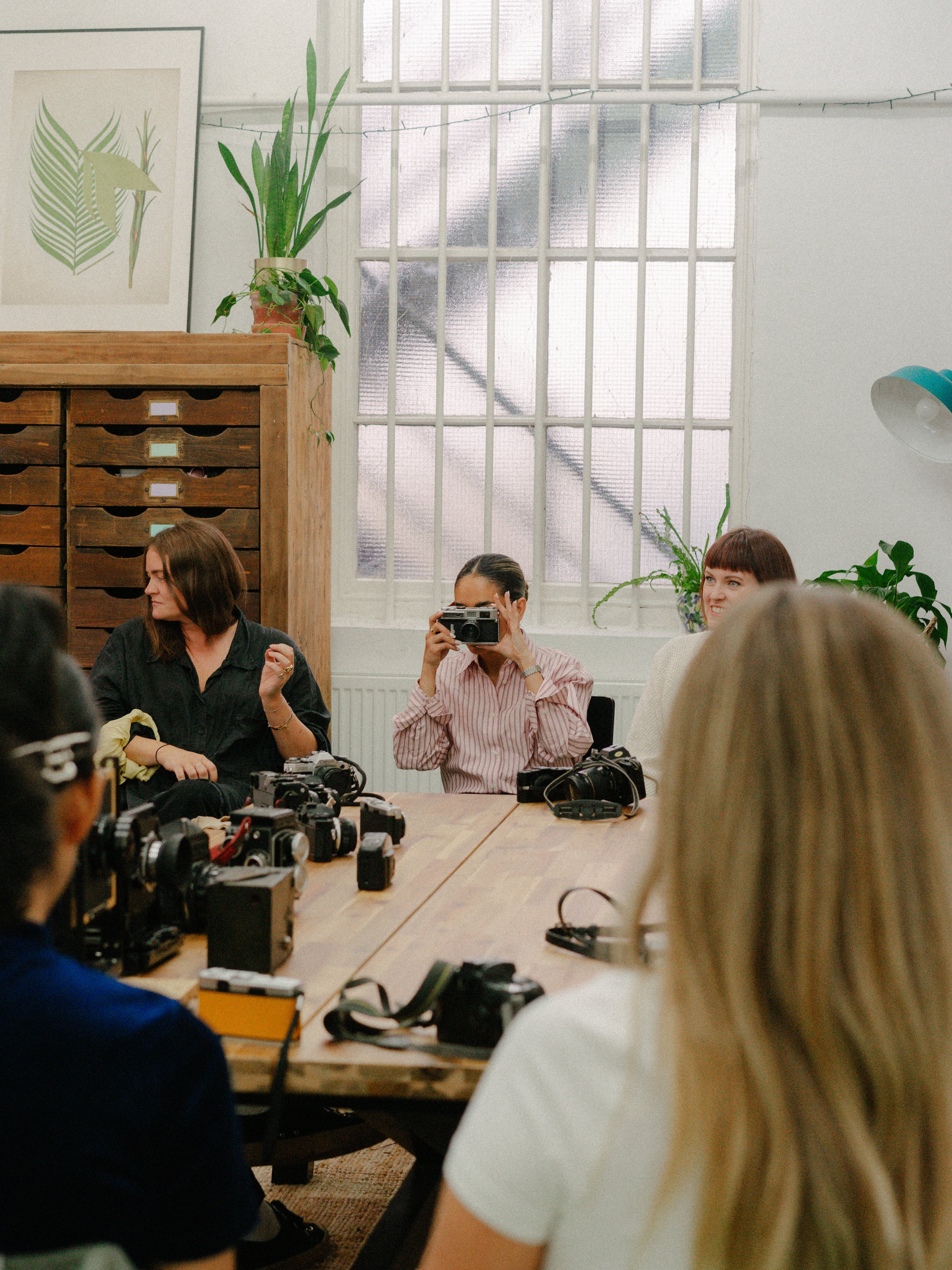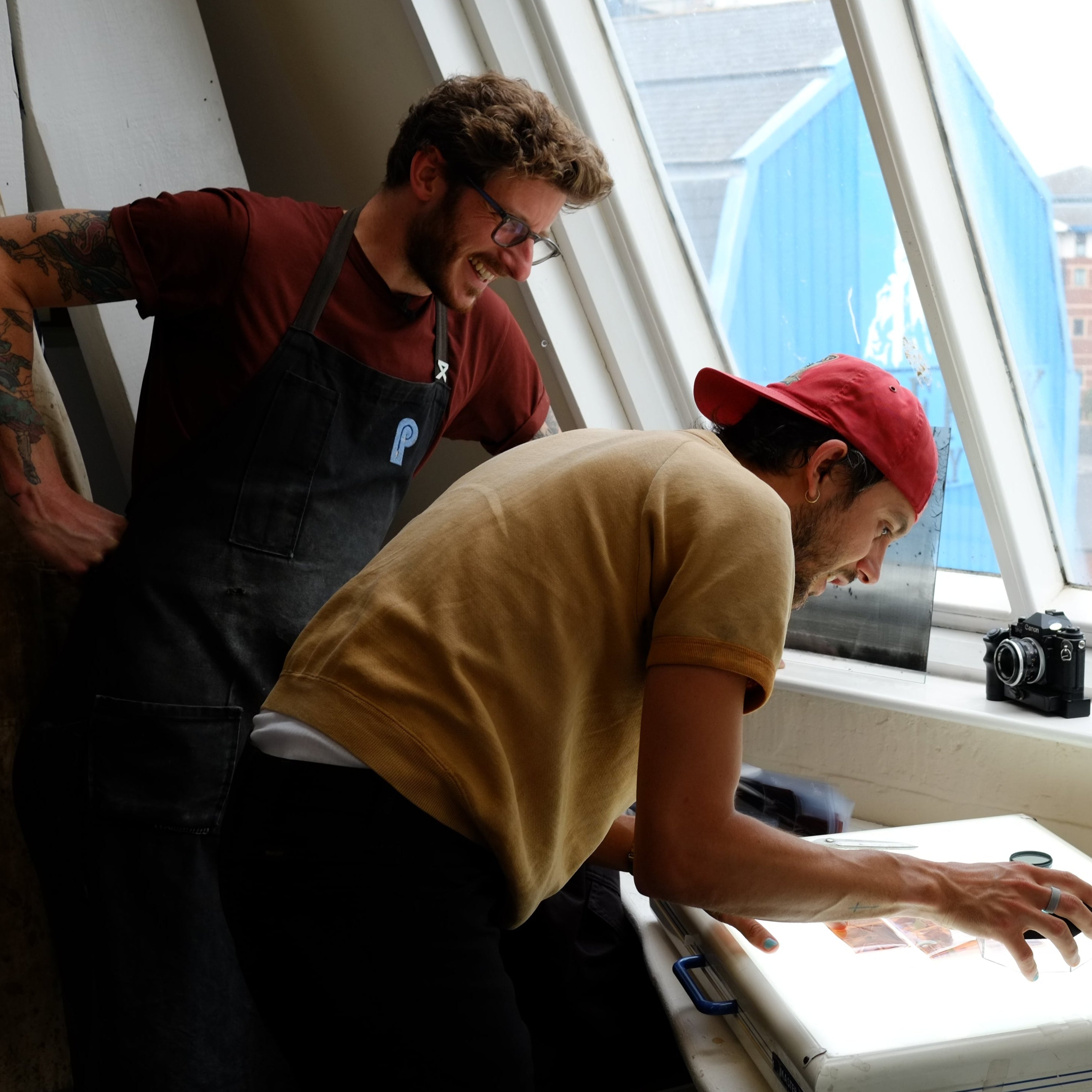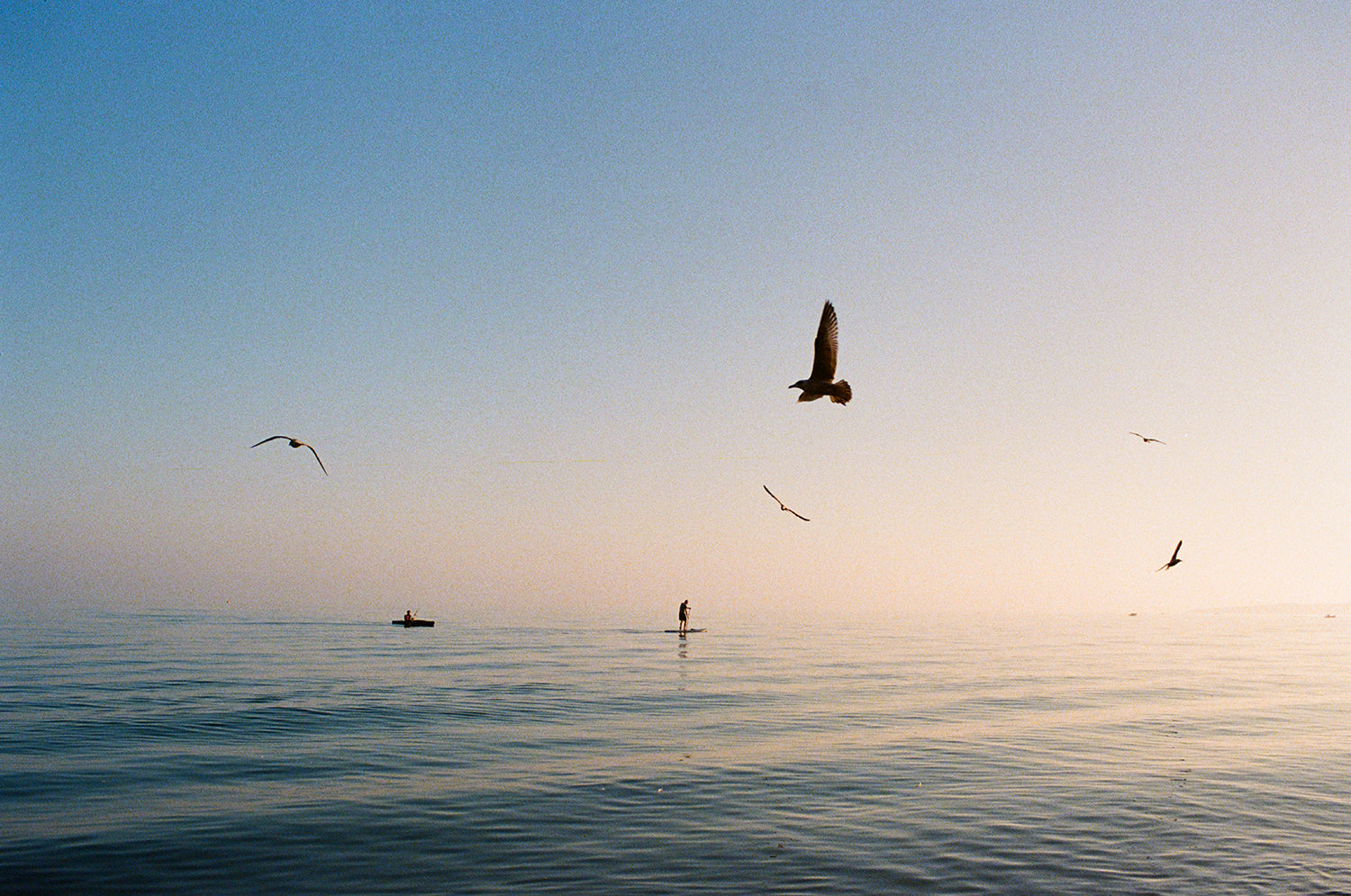

10 tips for film photography beginners
Starting out in the world of film photography can seem like a daunting task, especially if you don’t have anyone to turn to and get advice. So, with the aim of helping to inspire you all to pick up your camera and get shooting, we turned to our film photography community and asked them what advice they would give to anyone starting out? Here’s what they had to say…

Be curious and don't disallow yourself the wonderful process of getting things wrong, stumble around a little bit and make mistakes. Take inspiration from the work that speaks to you, and that encourages you to make photography of your own. You may find that you end up imitating these practitioners, and that your work (as beautiful as it may be) adds little to the conversation. Take this as an opportunity to gather what you've leant and apply it to your own interests, ask yourself what kind of story you have to tell; and begin again from there.

Invest a bit of money into an all manual 35mm camera, a Canon AE-1 or a Pentax K1000 should sort you out for a while. Then try to understand what all those numbers and buttons on your camera mean. Once you’ve figured out the relationship between aperture, shutter speed, and ISO you’ve understood the basic principle of any camera in the world, congrats! I will stick to my tip to get cheap film though. Don’t be scared to photograph in black and white (Kentmere and Fomapan is the beginners way to go), I promise it’s fun! Don’t be disappointed if your first couple of rolls don’t come out the way you expect them too, on my first ever roll some kind of exposure was only visible on 2/36 negatives. Shoot, get it developed and shoot again. And maybe think about getting your inspiration for new images from somewhere else than just Instagram. Ever been to Village before?

Don’t get your hopes up about getting all 36 shots back from the lab and them all being amazing. It’s often sad and off-putting at the start when you get a roll back and only 8 of the 36 are actually usable. I’d say this is more so if you’ve come from a digital photography background. You just have to stick at it and learn from mistakes. Even now after shooting a lot, and the guys at the lab know how much, I’d say I’m only at a point where on average I’m happy with 20ish images from every roll.

Experiment! Take as many photos as you can and be playful. I find the photographs that come out entirely different to what I had planned, and were taken on impulse, are usually the ones I love the most. I don't think there's such a thing as mistakes when shooting on film, as the memory is still in the picture!

My top tip for someone just starting in film (other than using Take It Easy of course), is to embrace any mistakes. I’ve found that it’s always the best way to learn and experiment because there’s no way to improve your techniques if you aren’t trying anything new - whether that is a different film stock / lens / lighting style or whatever! If things don’t come out how you want, that doesn’t necessarily make it a failed project, as hopefully you’ll have gained some knowledge to take away from it.

Always, always, always photograph something you love. Whenever I take pictures for aesthetics as the core reason, the pictures never turn out very well. When you’re photographing something you truly love, whether that’s certain people, animals, a hobby, or a place, it really comes through in the images. You can show the world the thing you love through your own eyes. It’s so easy to get disheartened when you’re constantly comparing yourself to other photographers that inspire you, but if you’re photographing something that genuinely means something to you, you’re telling a story that ONLY you can tell. Therefore the images are incomparable to other photographers.

If I had to give one tip, as cliche as it’ll sound, it’d probably be to shoot as much as possible and try different ideas out. I developed a lot of my confidence just shooting with friends or trying things out on test shoots. Shooting in low pressure situations, especially with people you know, is a great way to get to know your set up, play around with settings and just have a bit of fun with it! The more you shoot, the more you realise what you love shooting too!


I wish I could follow my own advice when I say this, but a good tip for beginners is to spend your money on film and developing, instead of throwing ungodly sums at desirable, insanely overpriced cameras out there. As obvious as it sounds, shooting as many pictures as you can afford is the best way to improve your skills and find your way in film photography. However, while that £2500 near-mint Leica M6 (body only) you’ve been watching on eBay won’t technically take better photos than the cheap but competent SLR you already own, objects can certainly be inspiring - or uninspiring - in themselves. So really, there’s truth to both sides, and it’s about finding the approach that makes you more likely to go out and shoot lots of pictures. On a more practical note, don’t forget to take off the lens cap (seriously) and when in doubt, overexpose!

You don't have to shoot at box speed. Sometimes you might be in a situation where there is not enough light for the roll of film that you have. For example, you could have a roll of Kodak Ultramax 400 but it's not a bright day, or maybe you are shooting at dusk. Or you might want to shoot handheld at night with Cinestill 800T. The shutter speed that you will have to set it to will probably be very slow. Unless you are using a tripod, shooting at slow speeds will give you motion blur.
What you can do is shoot the roll as if it was of a higher ISO. Just multiply the ISO number in the box x2 and you will be pushing the film +1. For example, if you are shooting Cinestill 800T in very dark conditions you could shoot it at 1600, and this will give you the chance to shoot at a higher speed. There are two very important things to bear in mind: 1) the whole roll needs to be shot at the same speed, so if you decide to shoot Cinestill 800T at 1600 you will have to do this with all the frames, and 2) you need to tell the lab that you have pushed your film. Just write +1 (or +2, +3... it depends on what you've done) on the canister and in the instructions section, they'll know what to do!
Our advice for film first-timers? Pick up your camera, shoot what makes you happy, and enjoy the fact that mistakes are all part of the journey. Oh, and don’t forget to support your local indie film labs!




